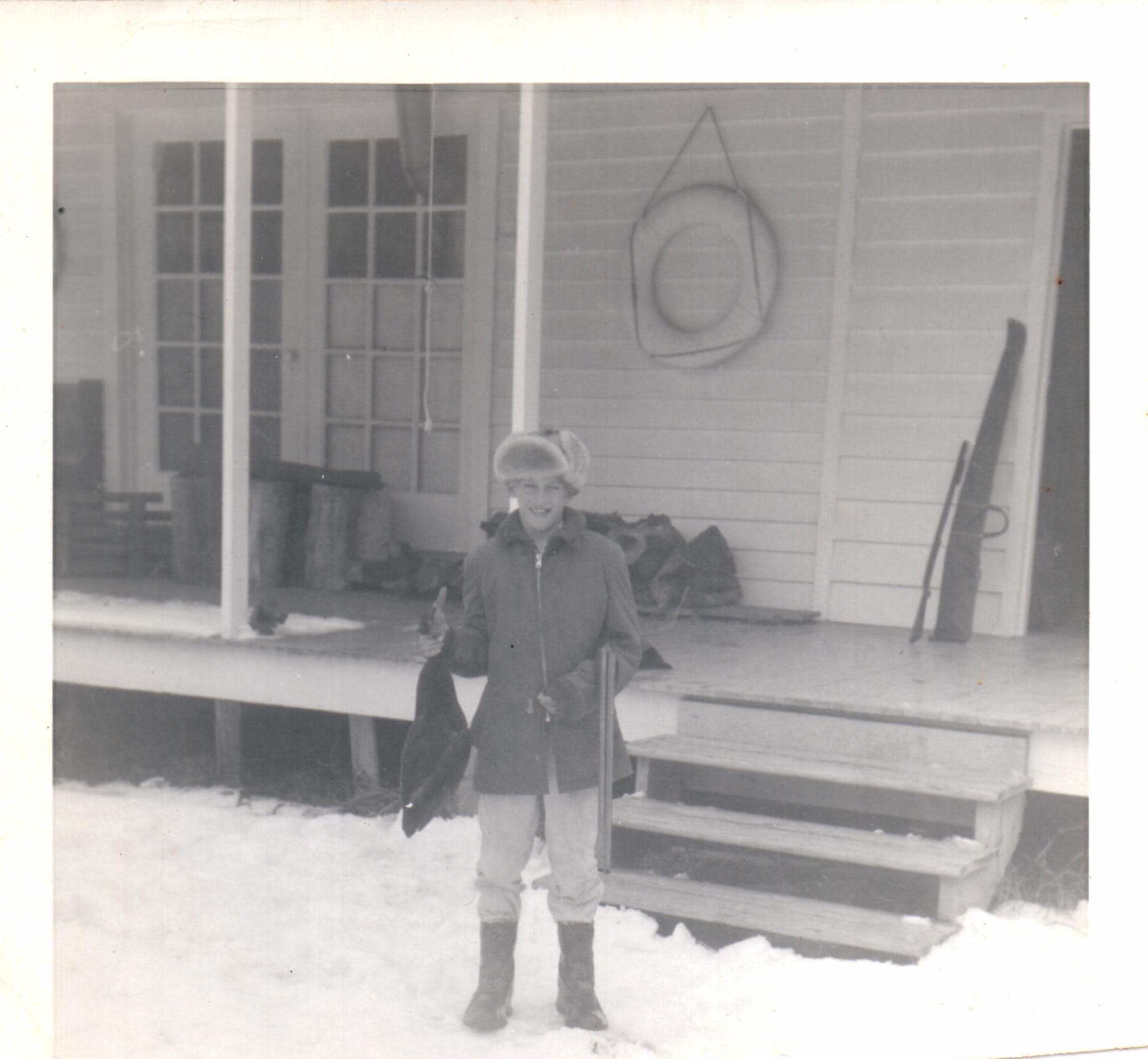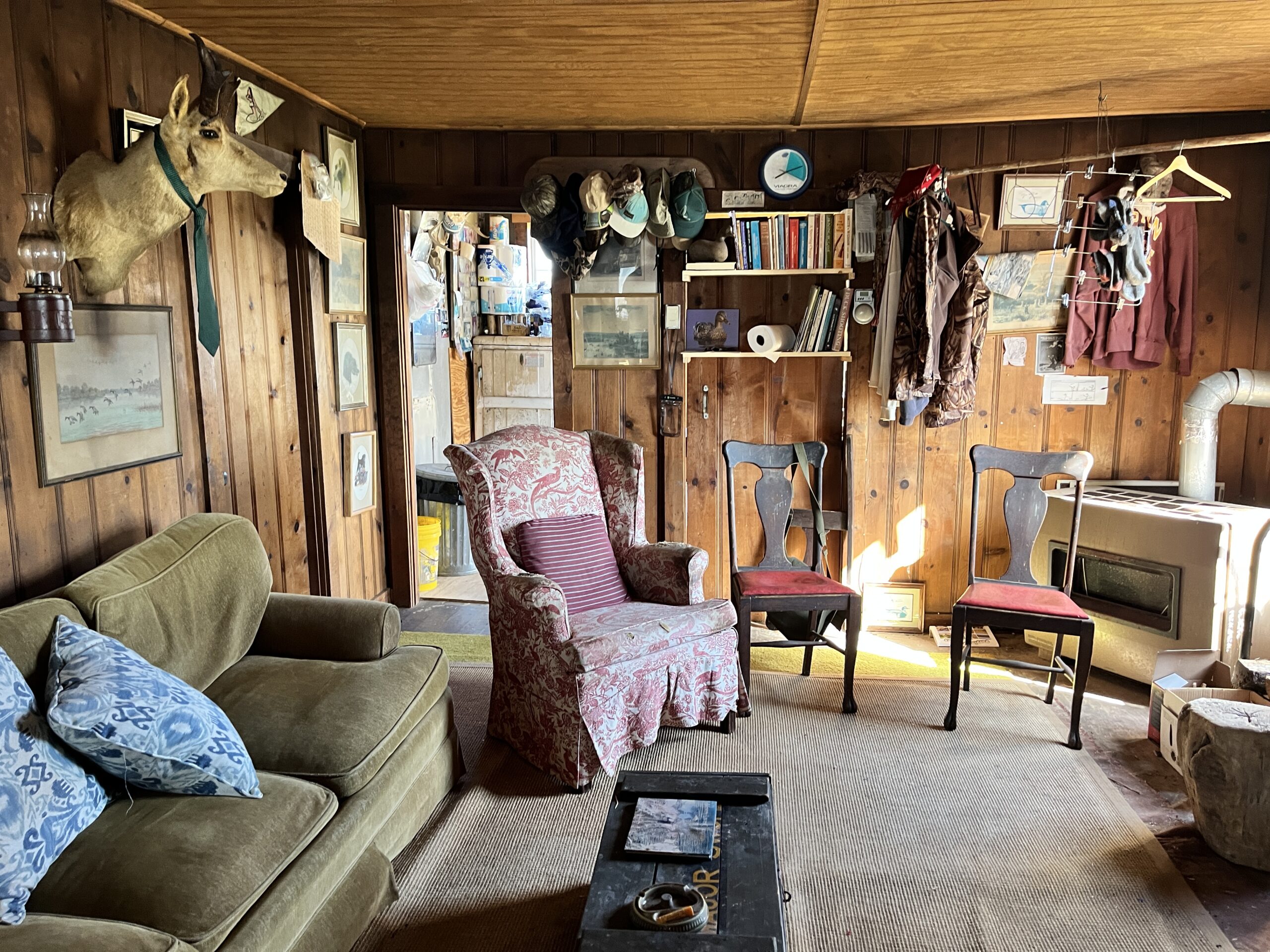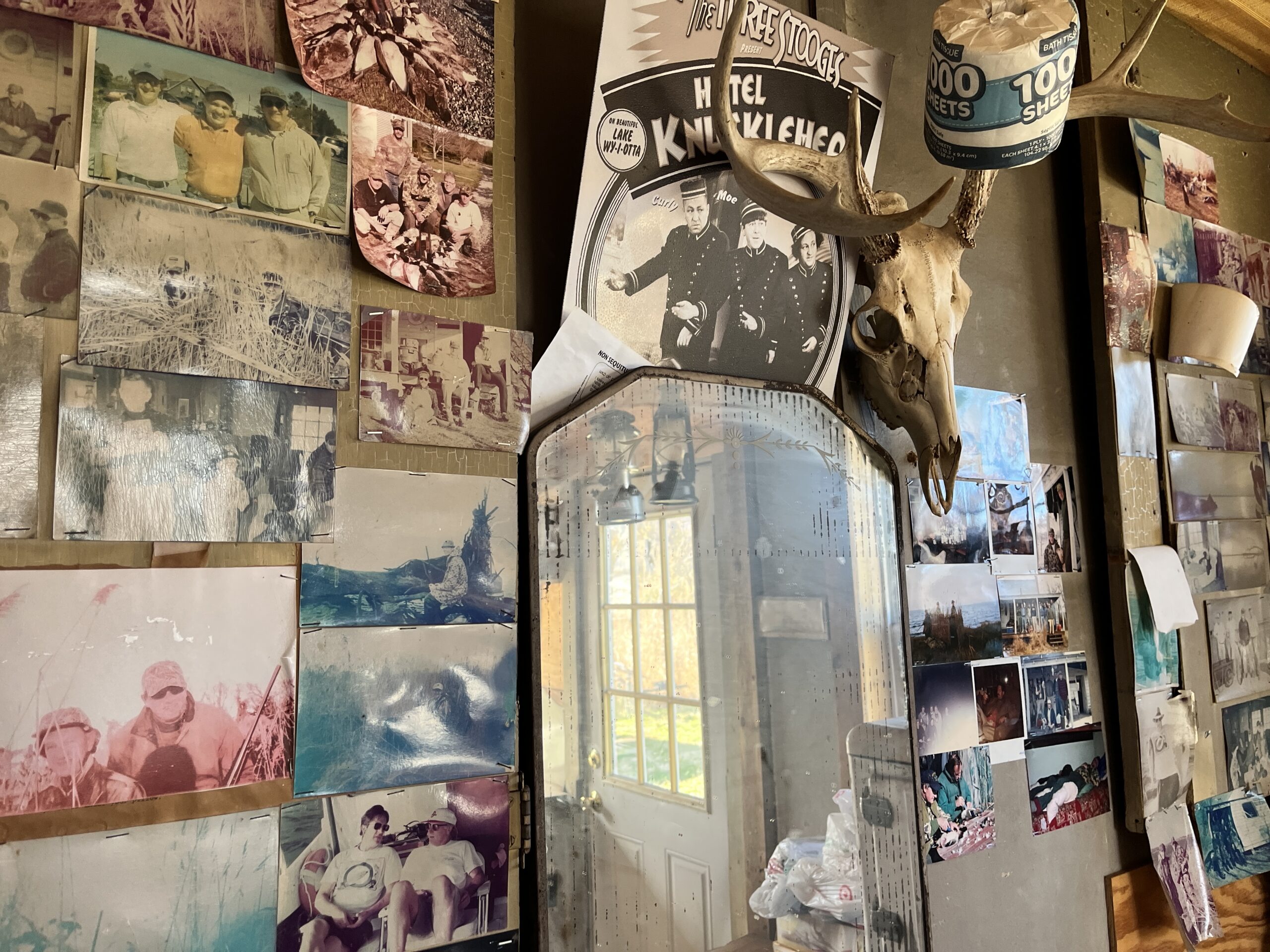I am off galavanting this weekend, so this is a lightly re-worked essay from a couple of years ago. It will give you some time to plan for strawberry season.
It’s a little early for Eastern Shore strawberry picking, but that doesn’t mean we can’t circle important dates on our calendars. Mr. Sanders and I were in northern Florida for Easter, and strawberry season was in full swing. As the spring warms things up in Maryland the strawberries will ripen and what a sweet and glorious time it will be. I’m going to put a couple of strawberry plants into the container garden this weekend – there is more to life than basil plants.
I am going to practice my strawberry skills on some berries from the grocery store, which are never as good as local berries, but the weather is so spring-y that I feel like we deserve a treat. Already we have had strawberry shortcake (thank you, Bisquick!), sliced strawberries and cream, and last night a bowl of strawberries, whipped cream and some exotic Vicenzovo Italian ladyfinger cookies I stumbled over at the grocery store.
Strawberries are sweet enough, but they are always enhanced with a little cream and a pinch of sugar. A handful of sliced strawberries scattered over your morning bowl of muesli is the easiest treat; sticks and bark never tasted better. I like strawberries, homemade granola and some vanilla yogurt as a morning pick-me-up. After dinner, sitting on the back porch, neglecting the evening news, is perfect time for strawberries on a scoop of vanilla ice cream.
I waste an enormous amount of each strawberry that I cut, and I bet you do, too. I lop off the end with sharp knife, flying headlong into imaginary conflict with my family line of maternal cooks. My mother would be ashamed at the food I toss out, and her mother would be amazed at all the food options we enjoy in the twenty-first century. Imagine her reaction to boneless chicken breasts, kept in the freezer, compared to the chickens she kept in her back yard.
I am the product of Depression-era children. I try to waste not, recycle, and compost; fine habits which our parents strove to impress upon us. I guess I am inherently lazy, as are most people. There is a glass strawberry jam jar soaking in the kitchen sink as I type this. I want to clean the jar thoroughly enough to go in the recycling bin, and then I am hoping it actually gets recycled and not added to some stinking landfill. My mother would have bought a brand of jam that came in a jar suitable for recycling as a drinking glass. My grandmother would have put up that jam herself, and would have re-used the jam jar as she got ready for the June strawberry jam session. I suppose the least I can do is to prepare my strawberries a little more prudently. I think we will do fine with a sharp knife, and a whiff of nostalgia, remembering our mothers and grandmothers as we get ready for summer to whip around the corner.
Try these easy, no-fuss recipes: Eton Mess
You don’t have to restrict your strawberries to dessert. Strawberries will go nicely with my container garden basil:Strawberry Salad
Imagine opening your bento box, expecting the same old tuna sandwich, but instead you have a surprise strawberry and cream cheese sandwich! Deelightful! Strawberry Cream Cheese Sandwiches
Or you can be even fussier with this strawberry tea sandwich:
Strawberry Tea Sandwiches
I hope your basil plants are thriving. Once strawberry season starts they will become a necessity: Strawberry Basil Chicken
If we ever have another cocktail party, in the post-COVID world of our wildest dreams, I’d like to serve these: Strawberry Basil Bruschetta
Now, stand up. Turn off your device. Go outside and do some weeding. There is enormous satisfaction in amassing a pile of weeds. And once you have tired of this never-ending task, you can treat yourself to a little bowl of fresh strawberries, that you can eat with your weed-grubby little fingers, because you have earned this exquisite treat. Breathe in some springtime.
“Strawberries are like tomatoes for me; I just won’t eat them year round. I’ll happily wait for them to come into season, then I gorge like a brown bear eating salmon before hibernation.”
-Brad Leone





 The Wading Place, 2024:
The Wading Place, 2024: